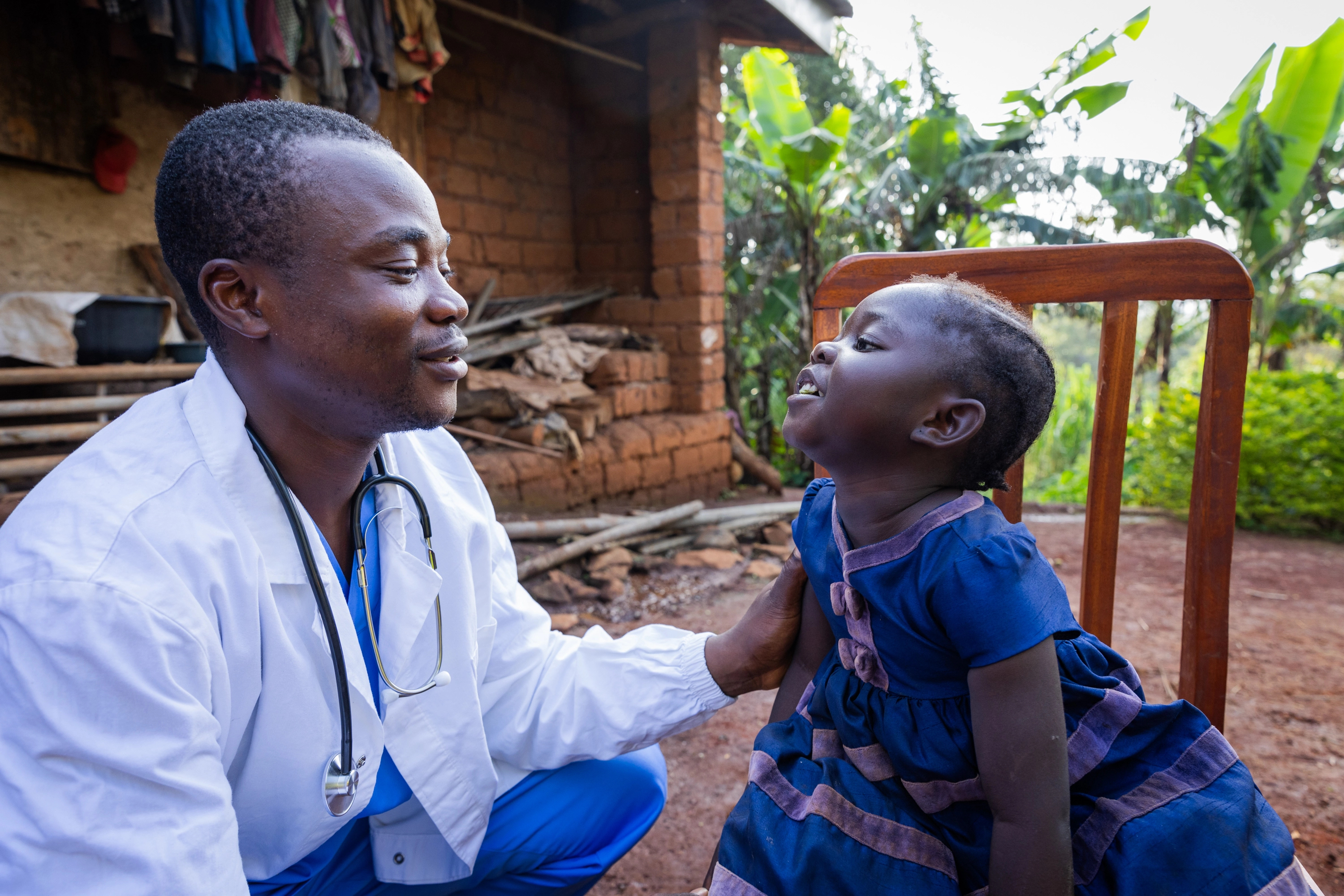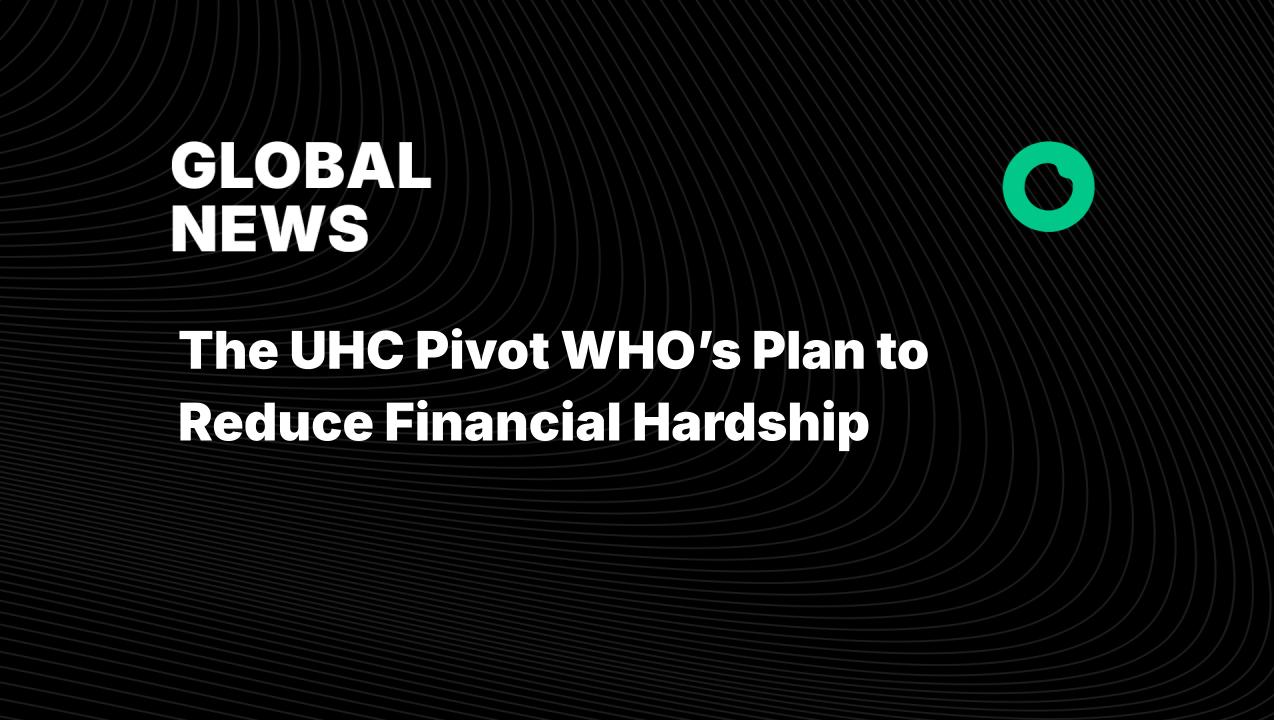According to WHO new guidance, countries need to blunt the shock of sudden, severe cuts to external health financing while laying the groundwork for more self-reliant systems that can sustain essential services for everyone. The guidance—issued on 3 November 2025—sets out immediate policy steps alongside longer-term shifts to keep health systems functioning and protect the most vulnerable during a fiscally tight era.
The backdrop is stark: external health aid is projected to fall by roughly a third or more in 2025 compared with 2023. In a WHO survey of 108 low- and middle-income countries (LMICs) conducted in March 2025, some reported reductions of up to 70% in critical services like maternal care, immunization, emergency preparedness and response, and disease surveillance. WHO also notes widespread job losses among health and care workers and disruptions to training, further weakening already stretched systems.
These cuts land on top of chronic financing pressures—rising debt, inflation, economic uncertainty, high out-of-pocket spending, and long-standing underfunding of health—that were already constraining domestic budgets. The new guidance argues that countries must treat health spending not as a discretionary cost but as an investment in social stability, human dignity, and economic resilience. In the near term, that means cushioning the impact of reduced aid; in the long term, it means accelerating a transition to domestically financed, more efficient, and more equitable systems.
For the immediate response, WHO highlights five priorities. First, prioritize services used by the poorest households and communities so that financing shortfalls do not translate into deepened inequity. Second, protect health budgets and the delivery of essential services—particularly primary health care (PHC)—even as governments balance competing fiscal demands. Third, wring greater value from every unit of spending through better procurement, lower overheads, and strategic purchasing that rewards quality and efficiency. Fourth, integrate donor-funded, disease-specific programmes into comprehensive PHC models to reduce fragmentation and duplication. Fifth, apply health technology assessment (HTA) and other evidence-based priority-setting tools so the benefits package focuses on interventions with the greatest health impact per dollar.
WHO also encourages countries to adopt rapid analytics to guide these actions—tracking what spending is protected, where bottlenecks arise, and which efficiencies unlock the biggest gains—so that scarce funds are directed to the highest-value uses. Because parallel funding streams and off-budget donor projects can undermine accountability and flexibility, the guidance calls for bringing external funds into national public financial management systems wherever possible, improving transfer design in decentralized settings, and aligning budget structures with evolving service needs.
The longer-term agenda focuses on building durable domestic financing and smarter spending. Evidence summarized by WHO suggests that in many LMICs the government budget is the largest source of prepaid health funds and the backbone for pooling and purchasing across coverage schemes. In highly informal economies, setting up new employment-based insurance mechanisms rarely yields substantial new revenue; the bigger wins often come from strengthening tax-funded arrangements, consolidating pools, and purchasing services strategically to improve value and equity. The goal is to protect households from rising out-of-pocket costs and prevent reversals in progress toward universal health coverage (UHC).

Country experiences show what this looks like in practice. Kenya, Nigeria, and South Africa have moved to increase health allocations or tabled proposals to do so. Nigeria earmarked an additional US$200 million to offset aid shortfalls, with new funding for immunization, epidemic response, and priority programmes. Ghana lifted a cap on excise revenues for its national health insurance, boosting its budget by 60% and launching the “Accra Reset” to rethink governance, financing, and partnerships. Uganda set out a policy agenda to integrate services and programmes for greater efficiency. These actions—protecting budgets, prioritizing essential services, and integrating parallel programmes—mirror the playbook WHO has laid out.
The guidance also situates today’s choices within a broader policy architecture. It aligns with World Health Assembly resolutions on strengthening health financing globally and on the economics of health for all, translating those commitments into concrete steps on fiscal policy, pooling, benefit design, and purchasing. WHO and partners will support implementation with technical assistance, analytics, and peer learning—including through a new UHC Knowledge Hub developed with Japan and the World Bank, slated to launch in December 2025
Critically, WHO frames the current crisis as a pivot point. Sudden aid reductions—triggered by major donor decisions in early 2025 and followed by cuts from others—have exposed the fragility of aid-dependent arrangements. But the crisis is also an opportunity to re-anchor financing around domestic public resources, better integrate donor funds where they remain, and systematically reduce inefficiencies. Countries are urged to engage the political economy of reform—working across finance ministries, parliaments, and subnational governments—to secure sustained health investments and accountability for results.
In sum, the new WHO guidance tells a two-track story. In the short run, shield the services that matter most, especially for people with the greatest need; keep essential budgets intact; and squeeze more value from every currency unit spent by attacking fragmentation and waste. In the long run, shift decisively toward domestic, pooled, and strategically purchased financing that advances UHC and reduces the risk that fiscal shocks become health crises. By acting now—guided by evidence, equity, and efficiency—countries can defend recent gains, protect households from financial hardship, and build health systems that are more resilient to future shocks.
